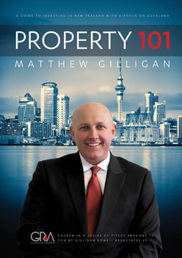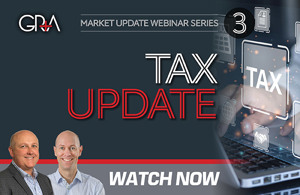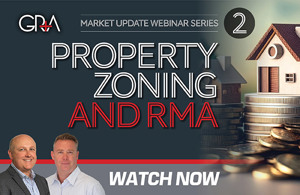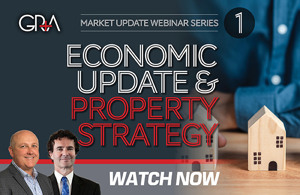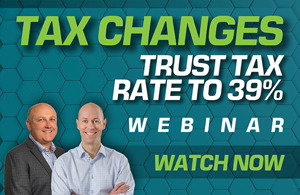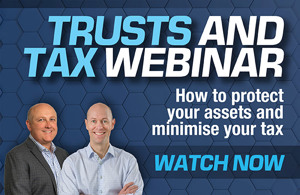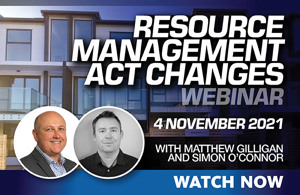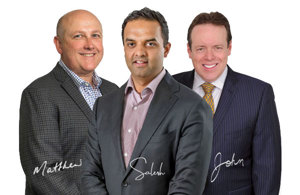
When the 2022 income year commences on April 1 2021, the government’s new highest personal marginal tax rate of 39% will be in effect. This rate of income tax applies to individuals on income that they earn in excess of $180,000. It is likely that the implementation of this new tax bracket will lead to a flurry of taxpayers seeking advice around their structure. But before you jump into restructuring, it always pays to “look before you leap”.
The reason why there may well be a flurry of restructuring is because the government have decided not to increase the trust rate to match the new highest personal tax rate. This was a surprise to many, due to the incentive it then provides for redirecting income into trusts. However, the government are conscious of this and have given the IRD a new set of tools to monitor taxpayer behaviour. When you next file an income tax return for a trust you are going to have to disclose matters such as:
- The identity of the holders of the power to appoint and remove trustees
- The identity of any individuals who have made gifts or settlements upon the trust
- The identity of any beneficiaries who have received distributions
- Profit and loss statement and balance sheet
Doubtless the IRD will be trawling through this data looking for evidence of taxpayers restructuring their affairs driven by the new highest tax rate. That is not to say that all restructuring which sees income-producing assets transferred into trust ownership are going to fall foul of the IRD. In my experience there are usually other factors that drive clients to restructure to transfer assets into trust ownership.
For example, those who are self-employed, or engaged in activities that require them to personally guarantee large amounts of borrowing, want asset protection. I often find that parents want to ensure that the asset base they build up during their lifetimes is protected from exposure to relationship property claims by ex-spouses of their children. I also often come across single clients or those in newly formed relationships who want to put in place structures that allow them to preserve their independence by separating out separate assets, while simultaneously having a structure that allows them to move forward together. All of these things could drive a restructure which sees assets moved into trust protection. In my opinion, when this happens any tax benefit that may arise in the long term is not the driver and therefore the arrangements should not be viewed as tax avoidance.
You also need to be careful when moving assets around that the movement itself does not trigger an adverse tax outcome. Moving shares in companies can see imputation credits and tax losses forfeited. Moving property around can generate taxable gains on internal transfers or reset the bright-line clock – increasing the chances of there being a taxable gain at a later point in time.
Finally, there is the new trust law to take into account. While many commentators seem to be of the view that trusts are out of vogue due to these changes, I see that as being short-sighted. That said, you do need to be aware of the obligations that arise under this new legislative framework before proceeding to restructure your affairs in a manner which sees you moving assets into trust ownership.
In summary, there may well be temptation to restructure your affairs to move assets held personally into trust ownership, particularly in light of the new highest personal marginal tax rate. However, care needs to be taken when restructuring as there are many potential unintended consequences. At the same time, a carefully conceived and executed restructure can provide you with long-term asset protection, estate planning and tax benefits. As always, seek expert advice. Please get in touch if you'd like to talk to us about restructuring - we would be very pleased to assist you.

Matthew Gilligan
Managing Director and Property Services Partner
Did you like this article? Subscribe to our newsletter to receive tips, updates and useful information to help you protect your assets and grow your net worth. We're expert accountants providing expert advice to clients in NZ and around the world.
Disclaimer: This article is intended to provide only a summary of the issues associated with the topics covered. It does not purport to be comprehensive nor to provide specific advice. No person should act in reliance on any statement contained within this article without first obtaining specific professional advice. If you require any further information or advice on any matter covered within this article, please contact the author.
Comments
Testimonials
Hi Salesh, Great presentation yesterday you should do it more often. Great day yesterday I feel like going out and buying 5 more houses - Brigid - November 2017
Gilligan Rowe and Associates is a chartered accounting firm specialising in property, asset planning, legal structures, taxation and compliance.
We help new, small and medium property investors become long-term successful investors through our education programmes and property portfolio planning advice. With our deep knowledge and experience, we have assisted hundreds of clients build wealth through property investment.
Learn More





